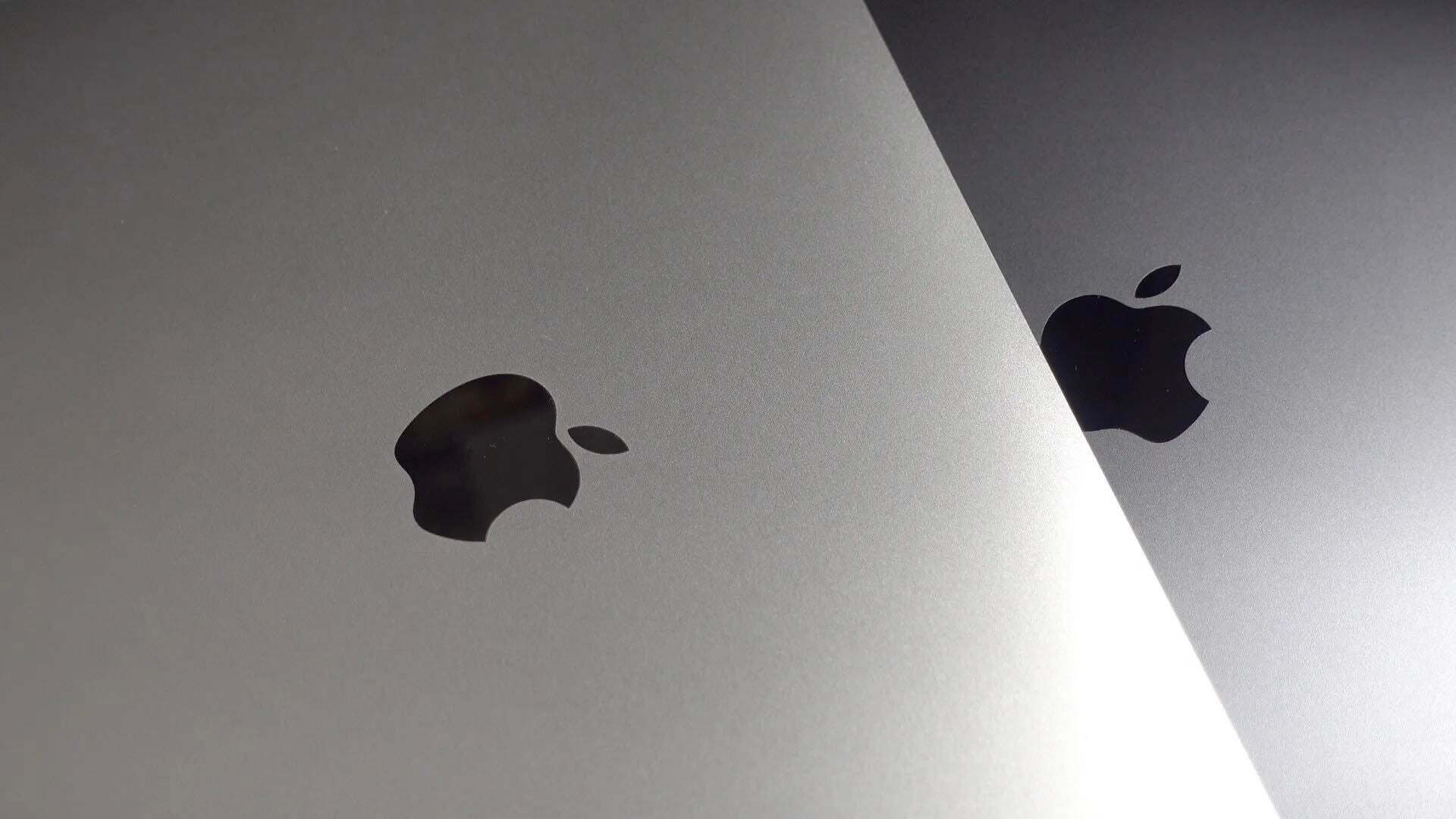
A new report from The Information dives into what to expect from the iPhone lineup over the next several years. According to the report, Apple is ramping up its work on a foldable iPhone and simultaneously planning more imminent changes to the rest of the lineup, starting with this year’s iPhone 16.
The report reiterates much of what was previously reported about Apple’s work on a foldable iPhone. The new tidbit, however, is that “Apple recently created an internal code name” for its foldable iPhone: V68. This signals “that the idea has moved beyond the conceptual stage and is now an official product in development with suppliers.”
In general, a new iPhone model takes around 24 months to ramp up production – but “a foldable iPhone could take longer to develop” because of how new foldable displays are a new technology.
In addition to continued work on a foldable iPhone, The Information report highlights a few things to expect from the iPhone 16 this year. It reiterates the expectation that the iPhone 16 models will include a new capture button on the right-hand side. The iPhone 16 and iPhone 16 Pro will also reportedly offer a “slightly easier way” to replace batteries, as previously reported.
The iPhone 16 models will also use a “larger graphite sheet inside the chassis” to address overheating concerns. This comes after iPhone 15 users expressed concerns about overheating last year. A software update addressed this problem, but these design changes for the iPhone 16 should further improve thermals.
iPhone 17 camera upgrade
Finally, The Information reports that “at least one” of the iPhone 17 models next year will include a notable camera upgrade for controlling aperture size “with a mechanical system.”
The aperture, which is the opening of the lens through which light enters, had been fixed as opposed to variable. That required trade-offs between the amount of light the lens could capture and an object’s depth of field, the distance between a scene’s nearest and farthest objects that appear sharp and in focus.
A variable aperture will allow iPhone photographers to create a natural depth-of-field effect, also known as bokeh, in which the subject stays in focus while the background is blurred.
You can read the full report over at The Information.
Follow Chance: Threads, Twitter, Instagram, and Mastodon.
FTC: We use income earning auto affiliate links. More.





